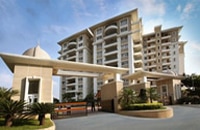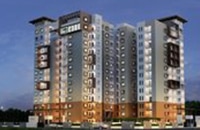+91 99 49 444 123
WHAT WE DO
to Build services with cutting edge technologies to its Customers and enhancing their Business more efficiently & effectively"
Reticulated Piped Gas System.
There are about 25 million households using LPG and as many as 13 million are on the waiting list. The average growth rate in demand has been 12 to 13 percent and is expected to be of the same order in the years to come. However, there are restrictions by way of domestic availability. Lack of infrastructural facilities and shortage of gas has hampered the growth of the Petroleum Gas Companies. Today the public sector units are in no position to increase their bottling capacity and situation warrants an alternative system and Reticulated Gas System, being used in Europe & America, is the best solution to this problem. Reticulated gas system is Tailor made to suit the project requirements. This centralized distribution system supplies gas to user through a network of absolutely safe system and is the best alternative to the conventional LPG distribution system. The rigors of getting a refill are totally eliminated and the consumer ‘pays for what the uses.
OUR SERVICES
Approval ProcessLPG Providers / Oil Companies
|
After Sales Service Annual Maintenance Contract
|
Web / Phone AppsRipple Infra Billing System (RIBS)
|
Creating AwarenessUpon Commissioning the Project
|







